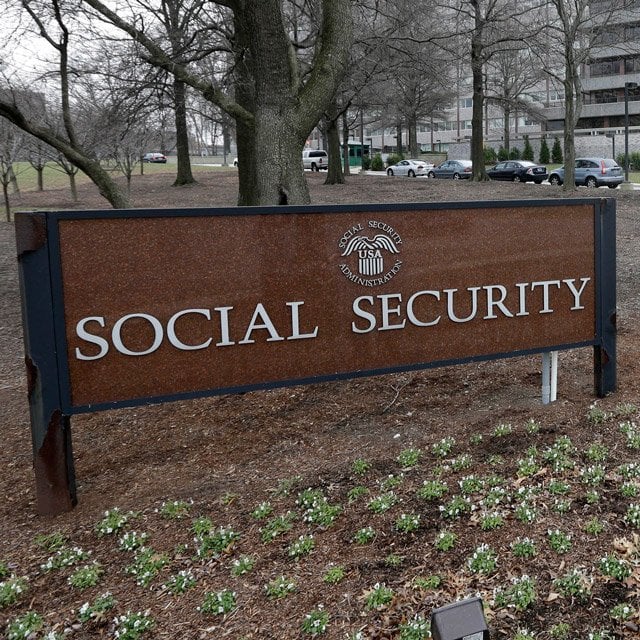Social Security Administration Would Face 23% Cut Under GOP Debt Ceiling Bill: Lobbyist

House Speaker Kevin McCarthy’s proposed bill to raise the debt limit — the Limit, Save, Grow Act of 2023 — would result in at least a 23% budget cut to the Social Security Administration, according to Max Richtman, president and CEO of the National Committee to Preserve Social Security and Medicare.
Richtman urged House lawmakers late Tuesday in a letter to oppose McCarthy’s plan, as the bill would result “in dramatic cuts to a wide range of programs essential to the health and well-being of our nation’s seniors,” including major cuts to customer service at SSA.
McCarthy’s bill could get a House vote late Wednesday or early Thursday.
The National Committee urged the lawmakers once again “to take up and pass ‘clean’ debt limit legislation, not only to protect our nation’s economy, but also to prevent the risk of significant economic harm to over 65 million Americans who receive benefits through the Social Security program and the 63 million beneficiaries who receive health care through Medicare.”
McCarthy’s proposed bill to raise the debt limit rolls back ”all discretionary federal spending to Fiscal Year (FY) 2022 levels in FY 2024, with growth limited to 1% annually for the next decade,” Richtman explained.
“This is not the minor trimming of spending that has been portrayed by some,” he said.
“Limiting spending to FY 22 levels would result in a cut of six percent to all agencies for FY 24″ if applied across the board, Richtman said.
But it is “inevitable,” he wrote, “that the cuts will not be applied evenly to all programs and agencies, because it has been made clear that areas such as defense and veteran’s health will not be cut but could instead be increased.”
If these programs are shielded from cuts, “this will result in at least a 23% reduction to all other programs for FY 2024, with the potential for the cuts to grow much higher if the protected programs receive increases or the list of exempt programs expands,” Richtman relayed.




